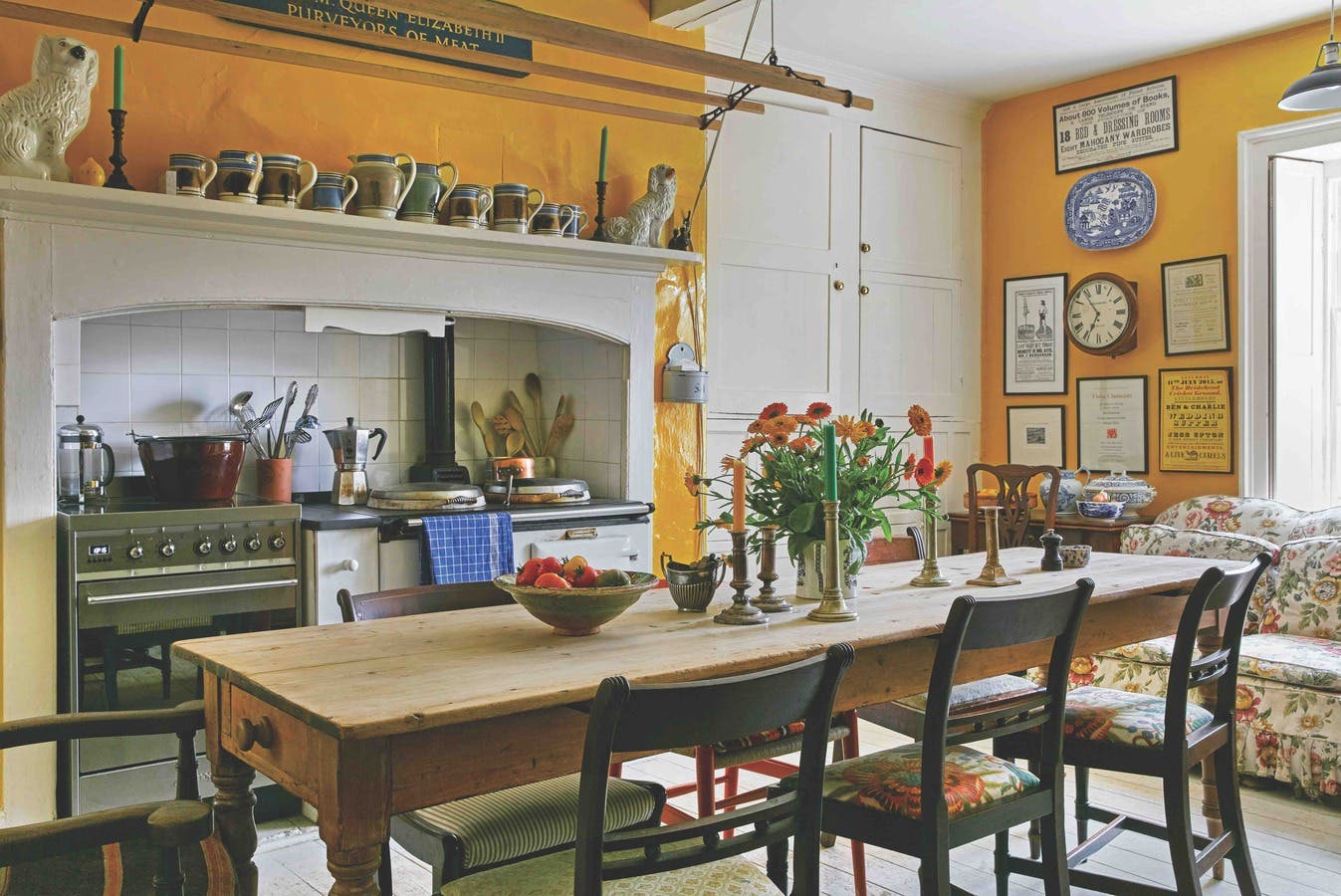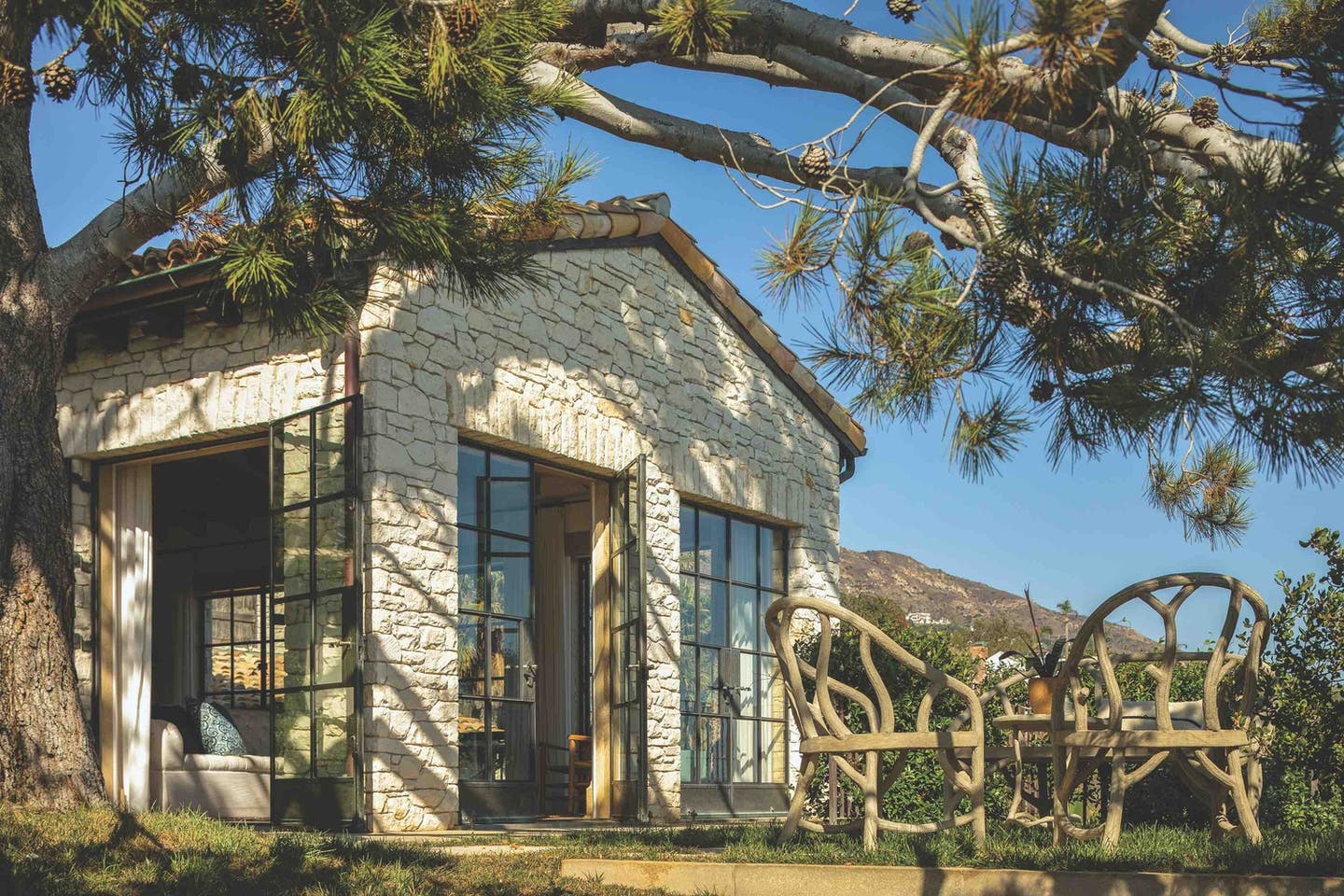
Projects
Dan Gordon Landscape Architects Adds New Gardens to 200-Year-Old Boston Townhouse
The storied Nathan Appleton residence, a National Historic Landmark in the Boston neighborhood of Beacon Hill, has a rich history.
One of a pair of twin brick townhouses, the four-story residence was built in 1821 for textile manufacturer and U.S. Representative Nathan Appleton, a key financial figure in the industrialization of New England. In 1843, the house was the site of the wedding of his daughter Frances to the poet Henry Wadsworth Longfellow. Earlier, the land had been owned by painter John Singleton Copley, who died in 1815.
Dan Gordon Landscape Architects was called upon to create three related yet distinctly different gardens that respect the history of the property and enhance its use by today’s 21st-century inhabitants.
“From the outset, our goal was to renovate the property for contemporary living while preserving and enhancing the established character of the property,” says landscape architect and firm founder Dan Gordon. “To meet the design challenge of creating landscape that would contribute to the established sense of place, the design preserves existing resources, including mature vegetation as well as iron fencing and, in the entry garden, the historic granite walls and stairs.”
The three gardens — at the entry, in the courtyard, and on the roof — are variations on a theme, each with a core planting palette of boxwood, hydrangeas, astilbes, and ferns.
The style of the entry garden, the most formal of the three, is in keeping with the historic neighborhood and the property. Clean and classic, the garden preserves the existing magnolia tree, a signature of neighboring Back Bay townhouses.
For the courtyard, Dan Gordon’s team looked to the entry’s existing features as well as the established landscape context to determine proportions, materials, finishes, and character.
“The client asked us to create an urban oasis atop this structure, in what was a cold and sterile space,” Gordon says. A subterranean parking garage had recently been installed below what is now the courtyard, which had been unfinished.
Its stone paving and wall, the plant palette, metal railings, lattice screens, and gas lanterns drew inspiration from the existing context of historic Beacon Hill. A fireplace and artisan-crafted zinc water features, Gordon notes, “further contribute to the design character by providing a sense of scale and detail commensurate with the surrounding context.”
The focal point of the space is the intricately layered and textured lattice, which incorporates a fountain. Noting that the lattice is a “big part of the space,” Gordon says that “it’s quite detailed but restrained. Its rhythm and pattern create definition in the space.”
Patrick Taylor, a principal at Dan Gordon Landscape Architects, says the courtyard garden “can be enjoyed from within and as seen from the upper stories of the house. In fact, the owner refers to it as ‘living art.’"
The team had to overcome several structural challenges and obstacles to create the courtyard garden. It had to be waterproofed, a drainage system had to be added, and structures had to be installed to create soil volume to support ground covers, perennials, shrubs, and canopy trees.
The third garden, on the roof, presented the same structural challenges along with a host of new ones. The team collaborated with the structural engineer and builder to address loads and limited accessibility.
The materials, which range from wood lattice screens and outdoor kitchen components to lightweight soils and plants and planters, were delivered, via crane, to the fifth-story rooftop. Setting the jet-mist granite fire tabletop, a heavy and fragile piece, required precision maneuvers by the crane operator.
“The sequence of outdoor spaces carries through to the roof deck, where the plant palette again provides a sense of continuity,” Gordon explains, “and the landscape experience culminates with sweeping views of the Boston skyline.
“We are happy and proud to have contributed to the structure something beautiful, functional, and comfortable that will last the next 100 years,” Gordon adds.








